The last week of National Safe Work Month unpacks musculoskeletal injuries (MSIs). With MSIs accounting for half of all serious workers’ compensation claims in 2022-23, it’s important to learn what they are and how to manage the risk of them.
What are musculoskeletal injuries?
Musculoskeletal injuries (MSIs) are a broad term that refers to any injury to, or disease of, the musculoskeletal system.
The musculoskeletal system is made up of muscles, bones, joints, and connective tissues, and MSIs can result from gradual wear and tear and/or sudden damage to these body parts.
Some examples of MSIs include sprains and strains of muscles, ligaments, and tendons; back injuries; nerve injuries or compression (e.g. carpal tunnel syndrome); and injuries from hand-arm vibration.
Which occupations and industries are most at risk?
The occupations which made up the largest share of MSI claims were:
• labourers (23%)
• community and personal service workers (22%),
• technicians and trades workers (16%), and
• machinery operators and drivers (16%).
The industries which made up the largest share of MSI claims were:
• health care and social assistance (22%)
• construction (11%), and
• manufacturing (10%).
What causes musculoskeletal injuries?
Both physical and psychosocial hazards can cause MSIs. Research has shown that psychosocial hazards can increase the risk of workers developing MSIs in the workplace. These hazards include work demands that are too high or too low, a stressful work environment, and poor support in the workplace.
Safety is everyone’s business- employers, make it yours.
It’s better to plan ahead and avoid MSI risks, rather than to wait until people get hurt before you do something. Under the model WHS laws, an employer must manage the risks of MSIs by:
- ensuring the workplace is free from things that cause MSIs, and
- consulting with workers and others (e.g. health and safety representatives) to manage MSI risks as much as they can.
The best way to prevent MSIs is to design work in a way that prevents people from getting hurt. This includes designing tasks, equipment, workspaces, and work systems to eliminate hazards or minimise the risk of them causing harm. For example, when designing a work area, make sure there is enough space for the worker to do their work safely, and use their equipment.
Learn more
- Lifting, pushing and pulling (manual tasks) | Safe Work Australia
- model Code of Practice: Hazardous manual tasks | Safe Work Australia
- Model Code of Practice: How to manage work health and safety risks | Safe Work Australia
This October we will focus on a different health and safety area for each week of National Safe Work Month.
Stay updated
To keep updated about National Safe Work Month, follow us on social media and subscribe to our mailing list. When subscribing, be sure to check ‘National Safe Work Month’.
Subscribe | Facebook | LinkedIn | Instagram | YouTube | #SafeWorkMonth #SafetyIsOurBusiness

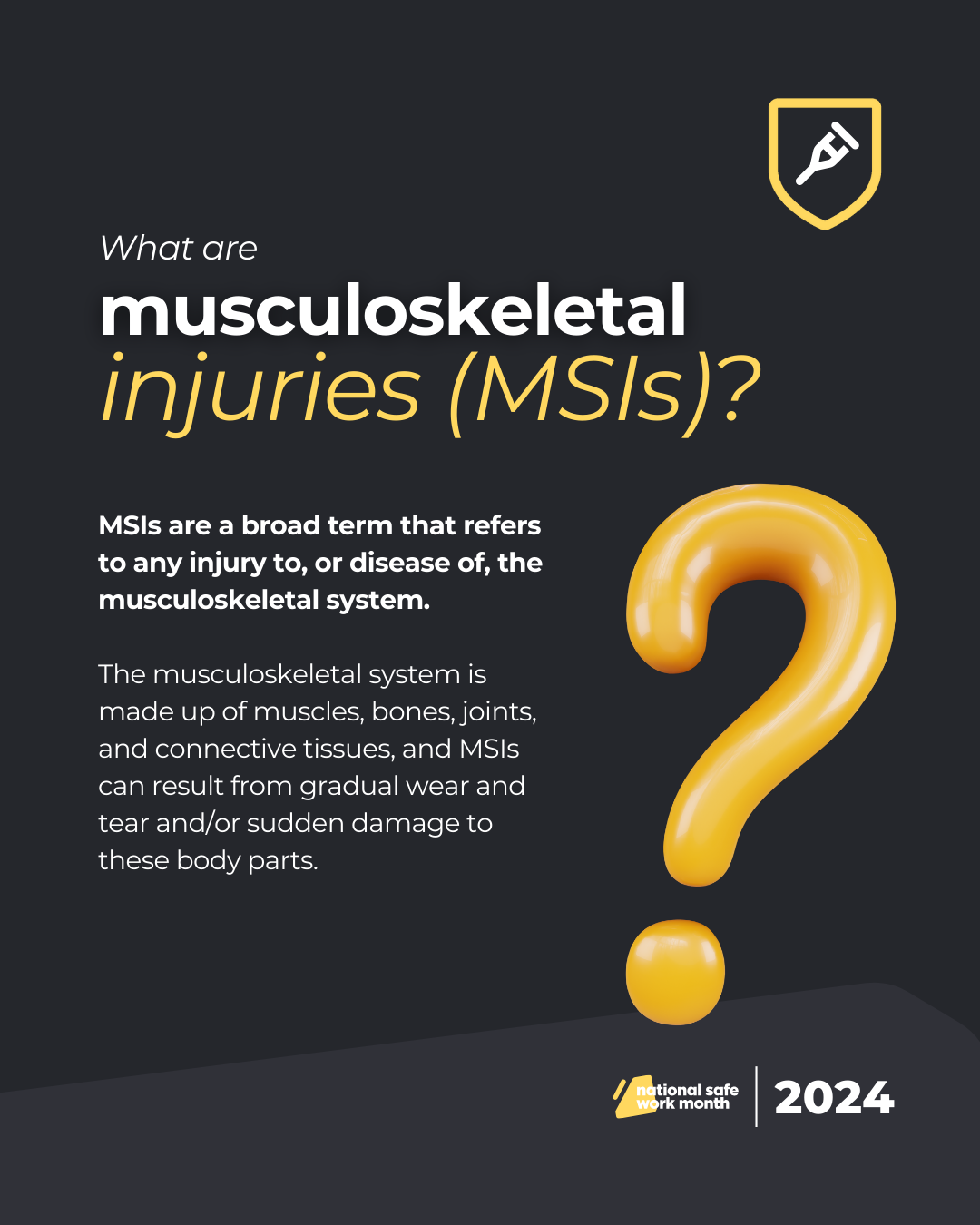
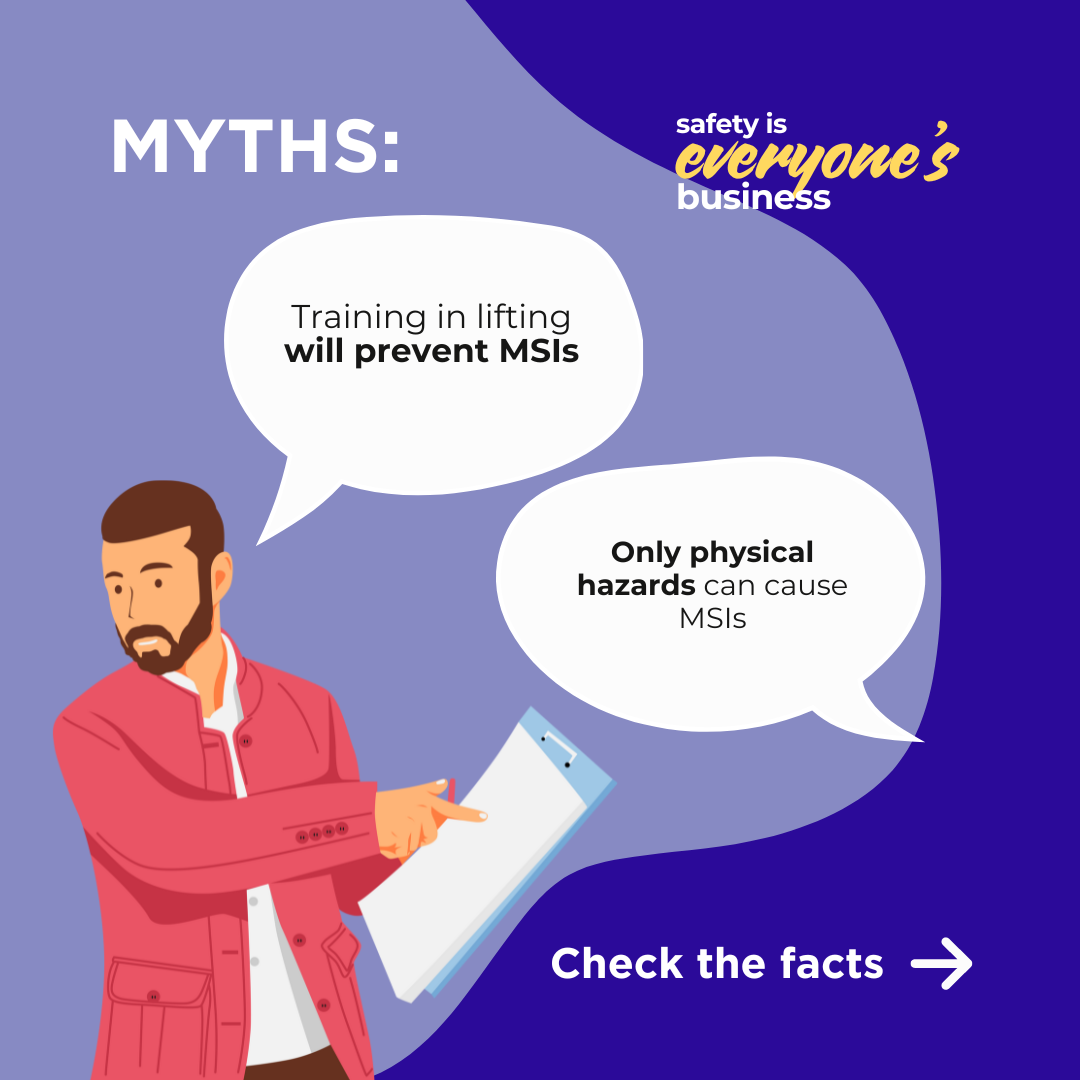
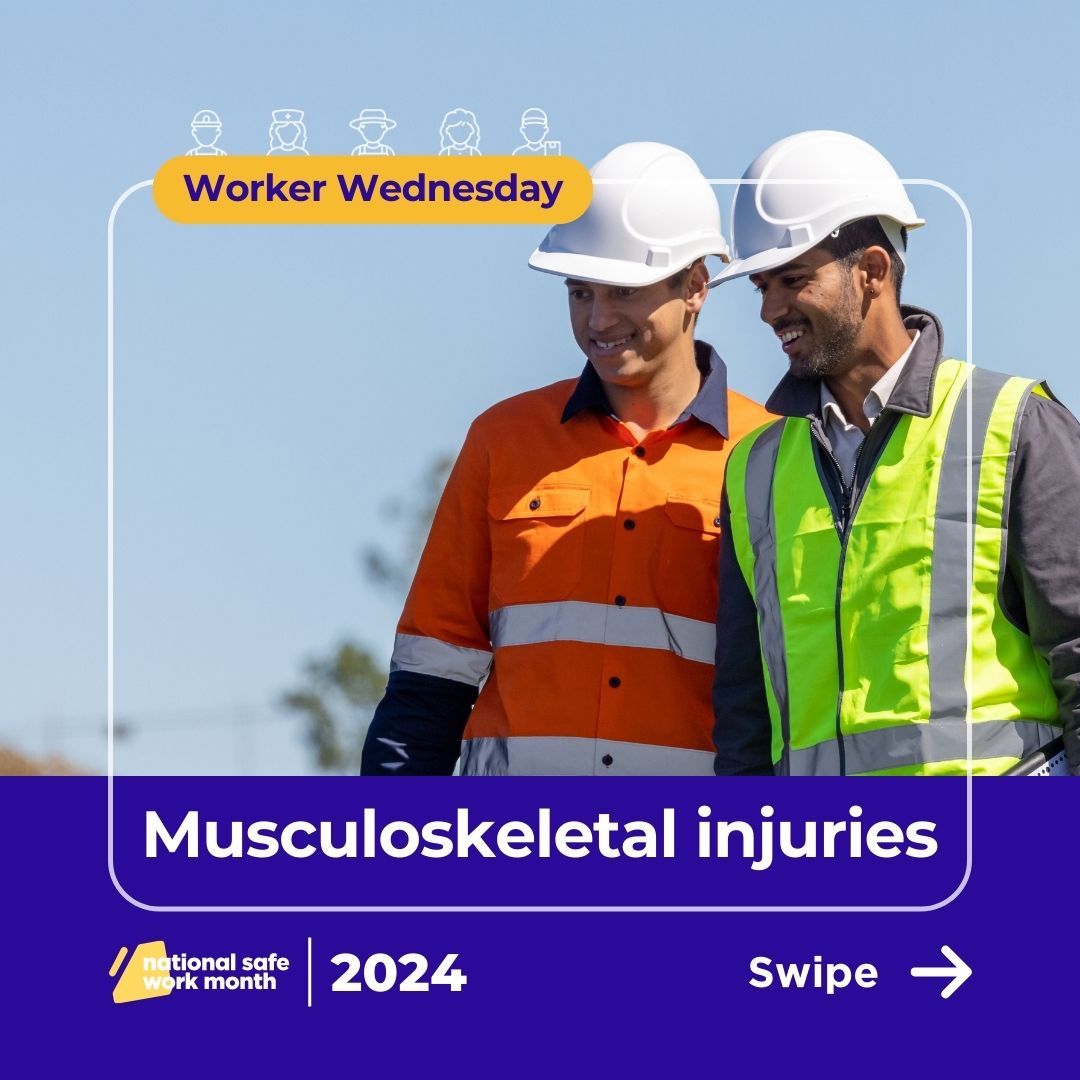
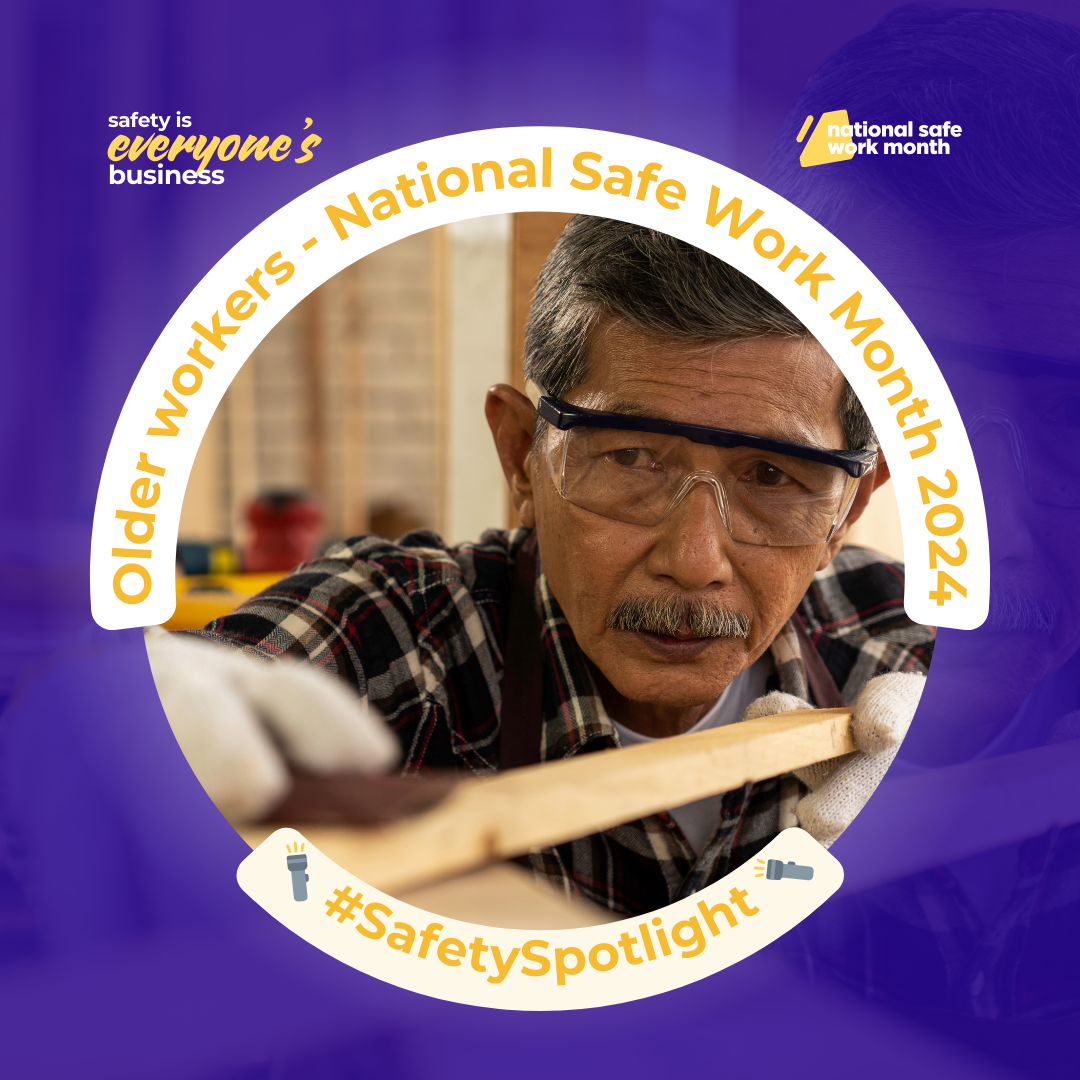
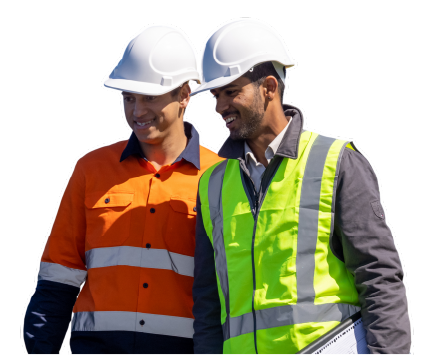


Week 3 (14-20 October)
Risk management fundamentals
Risk management is integral to a safe and healthy workplace. This week learn how to undertake a WHS risk assessment, including how to identify hazards in the workplace.